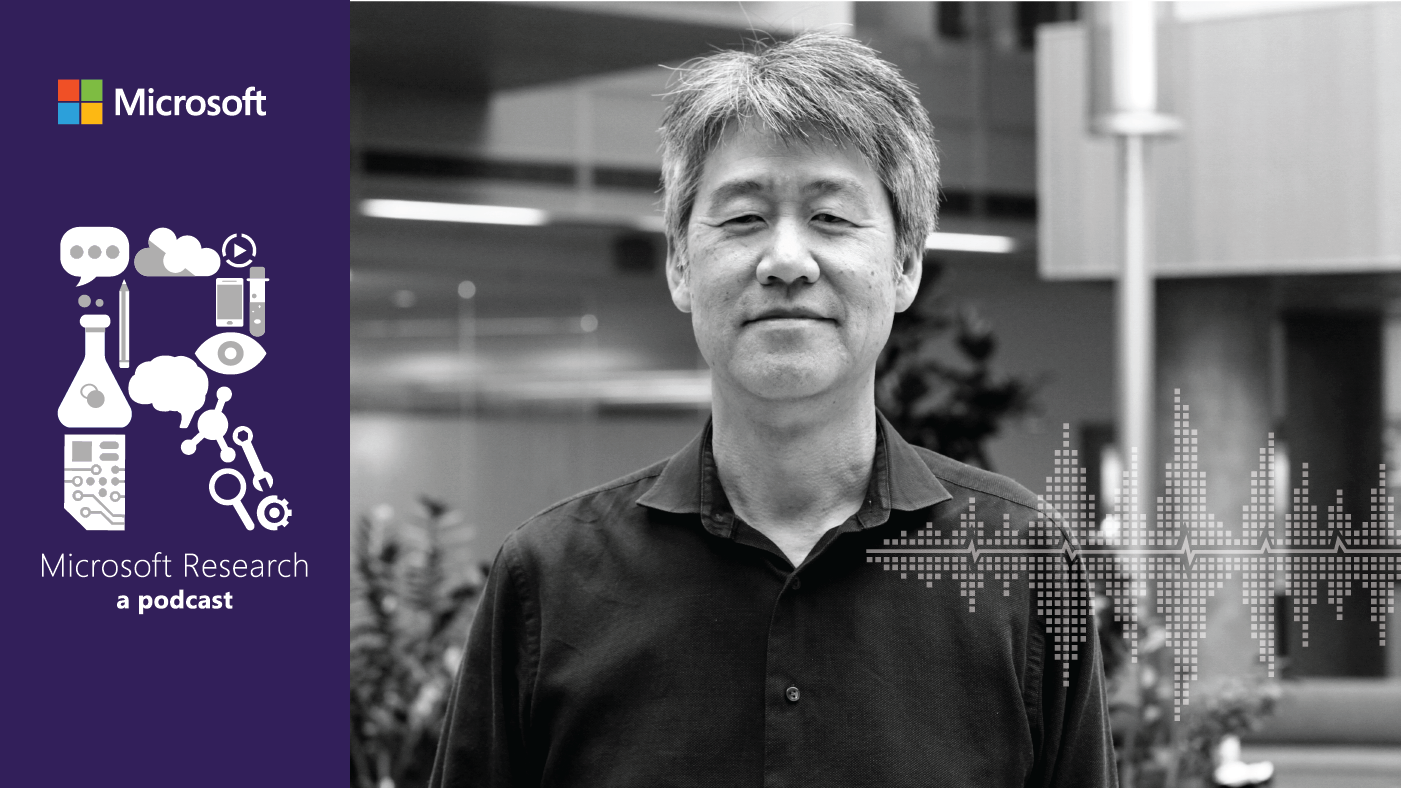From March 9-12, a group of Microsoft researchers had their wares on display at SIGCSE 2011 (opens in new tab), this year’s annual convention of the Association for Computing Machinery’s Special Interest Group on Computer Science Education (ACM SIGCSE (opens in new tab)). Held in Dallas, SIGCSE 2011 attracted some 1,200 participants from all over the world, making it the year’s biggest computer science education conference.

The passion to develop applications is never more evident than among young people, and educators know they must run to keep up with the latest trends to get the best out of their keen students. It is this sense of urgency that I felt in the halls and venues at SIGCSE, as faculty debated such questions as “What is the next language?” “How can we incorporate parallelism or robotics or gaming?” and “How do we train enough teachers to get enough students to fill the talent pipeline?”
Microsoft Research Podcast
Standing in the constantly-busy Microsoft booth at SIGCSE 2011, it did seem as if we had a good number of answers. At the .NET Gadgeteer (opens in new tab) stand, sound, pictures, and robots combined to appeal to people who thought they wouldn’t want to be programmers. Fortunately, .NET Gadgeteer will be available to the public mid-year 2011.
Those visiting Pex4Fun (opens in new tab) immediately saw it as a means to reach out to students after classes are over, keeping them engaged with coding puzzles. Pex4Fun is available online for free. Many academics recognized the potential of taking the technology to the next ubiquitous platform, mobile devices. Watch the PEX4FUN Windows Phone 7: A Mobile Game for Programmers video (opens in new tab) on Channel 9.
Another Microsoft demo, Try F# (opens in new tab), elicited this from Jan Cuny (opens in new tab), director at the National Science Foundation and a staunch advocate for more teachers of computer science at K-12 levels: “In schools and classrooms where the computer platforms are heterogeneous, a browser-based approach is going to help enormously to provide access for all to the new technologies. This solution will be particularly valuable in low-resourced schools where it is difficult to load and maintain a variety of software.”
One of the joys of SIGCSE is bumping into old friends. Doug Blank (opens in new tab) from Bryn Mawr—who for several years was part of the Institute for Personal Robots in Education (opens in new tab) (IPRE), introducing robotics to students—now has a system that takes advantage of the dynamic language runtime of Microsoft .NET to bring C#, Python, Ruby, Scheme, and other languages to students so they can write scripts to drive robots, and more. The striking similarities between his system, Pyjama (opens in new tab), and Try F# mean that we can learn from each other and connect up again. IPRE participated in the cool, 40-robot Robot Hoedown (opens in new tab). Since SIGCSE, Doug informs us that he has added support for F# to Pyjama; as I said—dedicated educators certainly move fast.
On the last day, the winners of the SIGCSE ACM Student Research Contest (opens in new tab), sponsored by Microsoft Research, were announced. Judging from the posters, the standard has certainly risen steadily over the past ten years. Several of the students presented work done as members of teams, but the awards are given for their own individual contribution. In this way, Microsoft encourages collaboration and rewards excellence. It is through collaboration that the strength of Microsoft Research is amplified, and our future is with the faculty of tomorrow.
Learn More
- Computer Science at Microsoft Research Connections (opens in new tab)
- Pex4Fun: a Mobile Game for Programmers (opens in new tab)
- .NET Gadgeteer Redefines What Gadget Fans Can Do with Modular Components and Object-Oriented Programming (opens in new tab)
—Judith Bishop (opens in new tab), Director of Computer Science, Microsoft Research Connections

